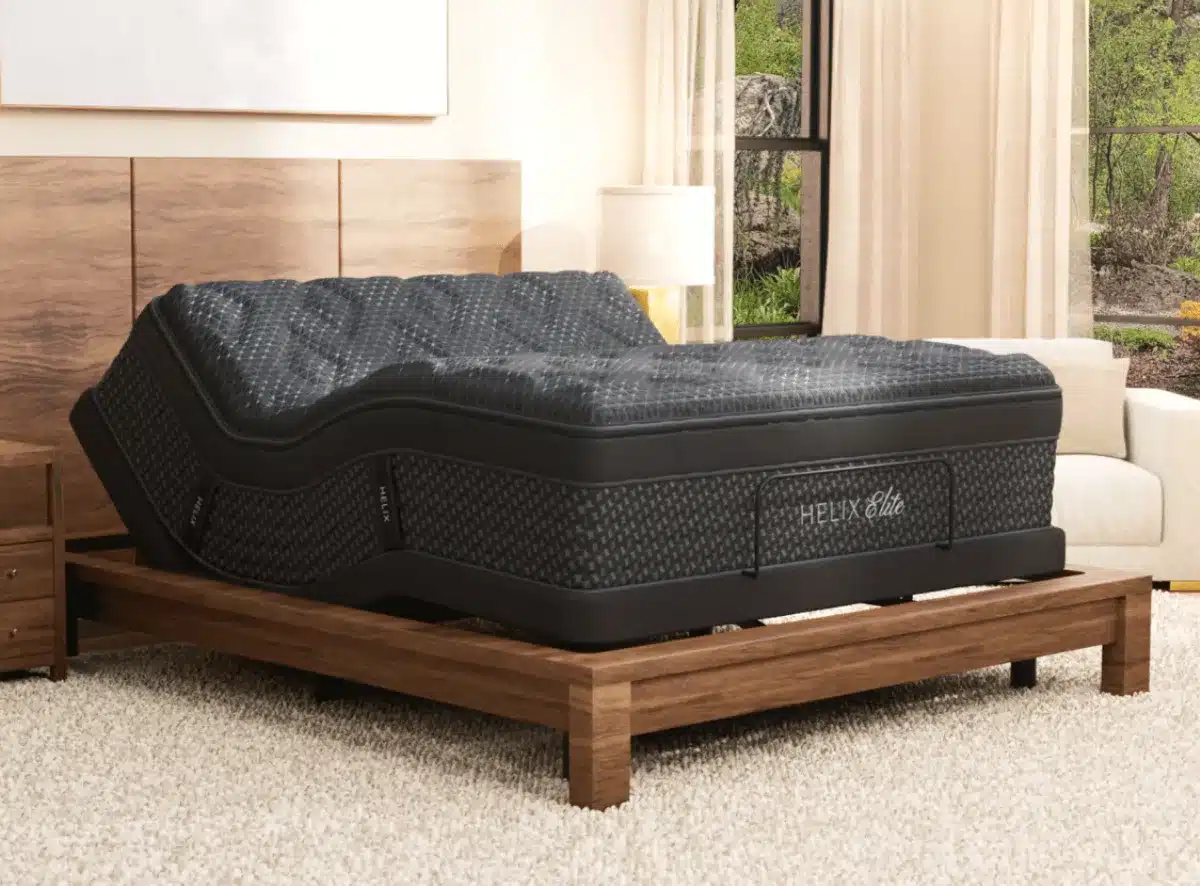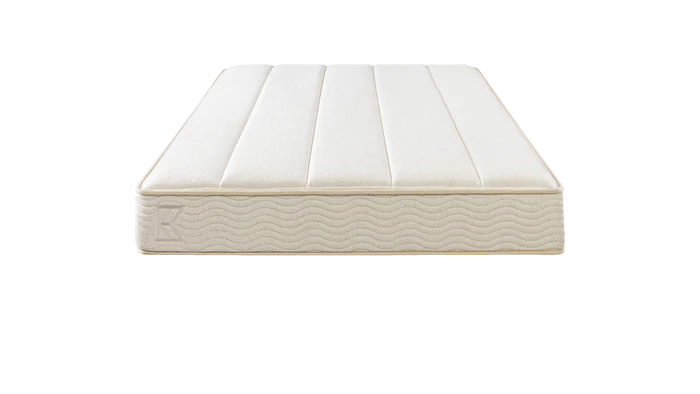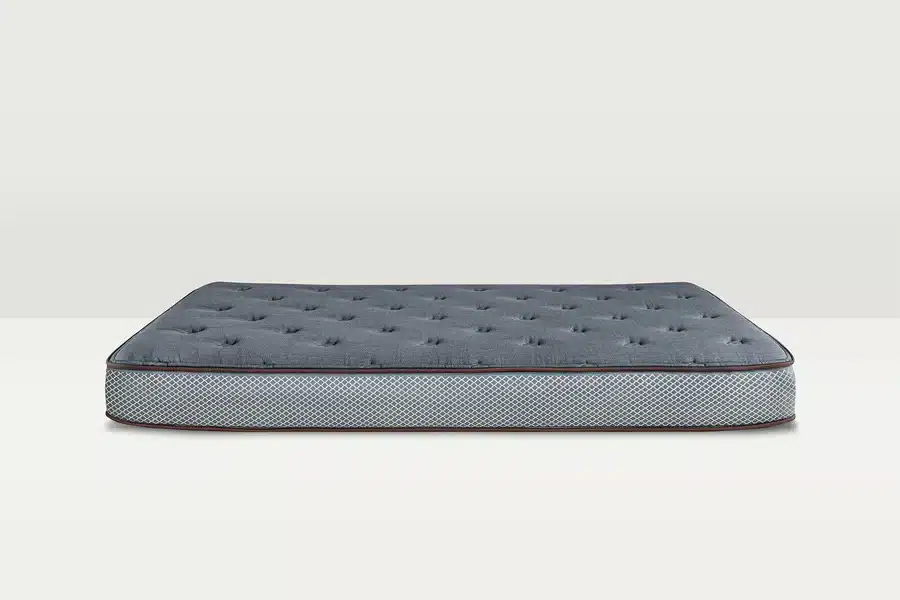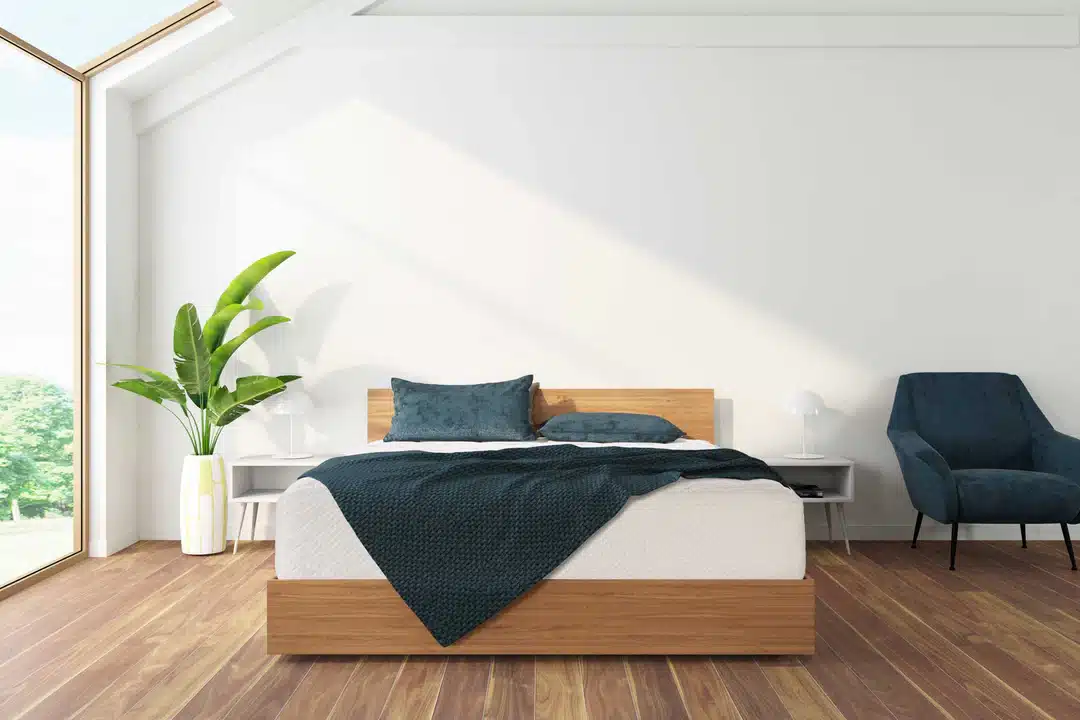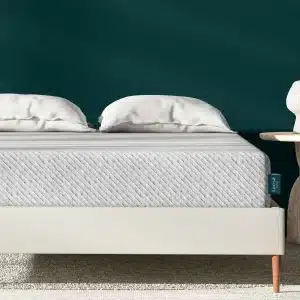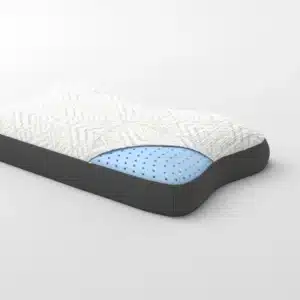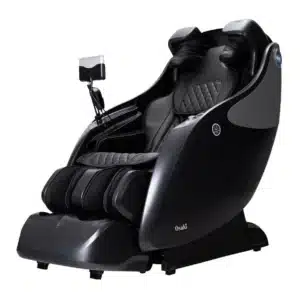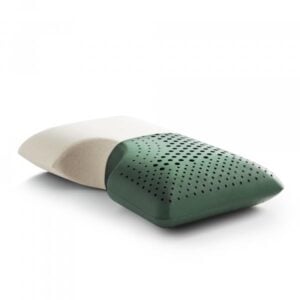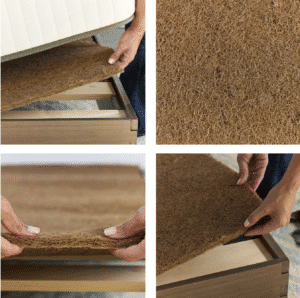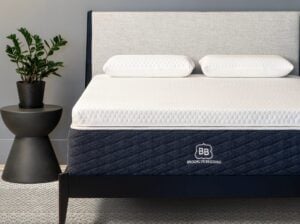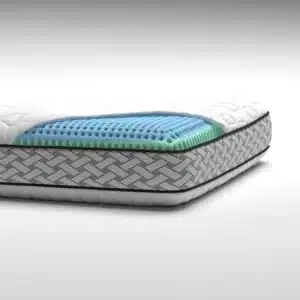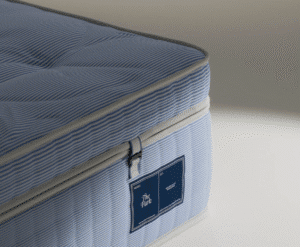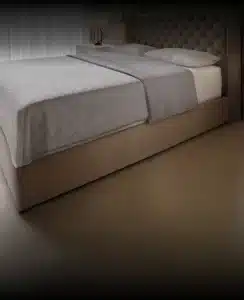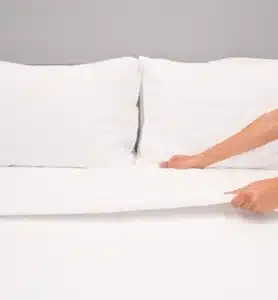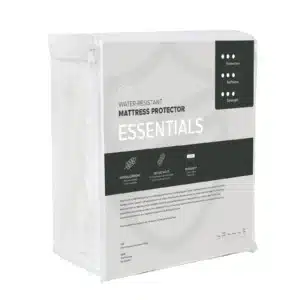Everything You Need to Know About Bunkie Boards
The Importance of a Strong Mattress Foundation
Are you curious about enhancing your sleep quality but uncertain about the best foundation for your mattress? Enter the bunkie board—a versatile addition that combines simplicity with functionality. A bunkie board is a thin, flat board positioned between your mattress and bed base, providing that essential support every good night’s sleep requires. Here’s why this handy piece of furniture deserves your attention:
– Support: Delivers extra firmness, counteracting mattress sagging.
– Convenience: Lightweight and easy to maneuver, it’s perfect for any living space.
– Cost-effective: Budget-friendly compared to other mattress foundations.
Your mattress is only as good as the foundation supporting it. A proper base can significantly enhance comfort, while an unstable foundation can lead to sleepless nights and morning aches. This is where a bunkie board proves its worth, ensuring stability for a peaceful slumber. I’m Ben Trapskin, founder of Yawnder. I’ve experienced countless sleepless nights, but I understand how a solid foundation can transform your sleep. Let’s dive into everything you need to know about bunkie boards.
What is a Bunkie Board?
A bunkie board is precisely what it sounds like—a thin, flat piece of material designed to support a mattress. Typically made from materials like plywood, particleboard, or metal, these boards are often fabric-covered to prevent slipping. This simple yet effective furniture piece enhances mattress durability and elevates comfort levels.
The Evolution of Bunkie Boards
The bunkie board has an interesting history. Initially designed for bunk beds in the early 20th century, they emerged to keep mattresses safely below guardrails, ensuring that children remained secure while sleeping. Back then, traditional innerspring mattresses required a stable, low foundation to provide safety without compromising height.
As mattress technology has evolved, so have bunkie boards. No longer confined to bunk beds, they now support various mattress types, including modern foam and hybrid options. Generally about 2 inches thick, bunkie boards offer a low-profile solution that fits seamlessly into any bedroom setup.
Materials That Make a Difference
Bunkie boards come in various materials, each contributing uniquely to their function:
– Plywood: Offers strength and lightweight properties, making it a durable option.
– Particleboard: More affordable, composed of compressed wood particles. It’s a strong alternative but less durable.
– Metal: Steel slats provide durability, although they may not be suitable for all mattress types.
– Fabric-covered options: Combine aesthetic appeal with functionality to prevent mattress slippage.
Why Use a Bunkie Board?
As mattress technology advances, the need for bulky box springs has diminished. Modern mattresses, like memory foam, thrive on a solid, flat foundation. Bunkie boards rise to the occasion, offering essential support without adding unnecessary height. Here are some key benefits of integrating a bunkie board into your sleep setup:
Cost-Effectiveness
Bunkie boards range from $50 to $150, making them an ideal choice for budget-conscious shoppers seeking reliable mattress support.
Stability
Offering a flat surface that minimizes sagging, bunkie boards maintain the integrity of foam and hybrid mattresses.
Increased Firmness
If you prefer a firmer sleeping surface, a bunkie board amplifies the overall firmness, providing critical support, particularly for those with back pain.
Lightweight and Portable
Typically weighing around 30 pounds, bunkie boards are easy to transport and handle, ideal for anyone frequently rearranging their living space.
Potential Drawbacks of Bunkie Boards
While there are many advantages to using bunkie boards, several drawbacks merit consideration:
– Thinness: At 1.5 to 2 inches thick, they may lack the solid support required for heavier mattresses.
– Stability Issues: If not securely positioned, they might shift or slide, resulting in an uneven sleeping surface.
– Durability Concerns: Particleboard options may degrade faster than solid wood or metal alternatives, potentially leading to earlier replacement times.
– Not Ideal for Everyone: Individuals requiring substantial support might find that bunkie boards lack the firmness necessary for optimal spinal alignment.
Bunkie Board vs. Box Spring
Choosing the right mattress foundation involves understanding the clear distinctions between bunkie boards and traditional box springs:
Box Springs
Box springs typically measure around 6 inches in height and consist of metal coils surrounded by a wooden frame. They offer support and bounce, making them best suited for innerspring mattresses.
Bunkie Boards
Conversely, bunkie boards provide a much lower profile, typically 1 to 3 inches high. Their flat surface supports foam and hybrid mattresses, which thrive on firm foundations.
Key Comparisons
| Feature | Box Spring | Bunkie Board |
|—————-|——————————-|———————————-|
| Height | ~6 inches | 1-3 inches |
| Material | Metal coils, wood frame | Plywood or particleboard |
| Best For | Innerspring mattresses | Foam and hybrid mattresses |
| Airflow | Good | Limited |
| Durability | High | Moderate |
| Cost | Higher | Lower |
Conclusion: The Bunkie Board Advantage
In conclusion, a bunkie board can significantly enhance your mattress setup, offering a cost-effective, low-profile support solution that helps prevent sagging and extends the life of your mattress. Whether your sleep setup includes a bunk bed, platform bed, or you’re simply looking for a replacement for an outdated box spring, bunkie boards provide the firm, stable foundation necessary for quality sleep.
At Yawnder, we’re committed to helping you discover the perfect mattress and foundation for your needs. Our expert evaluations and customer feedback ensure that you make informed choices, allowing you to achieve the restful sleep you deserve. For more insights on mattress solutions, visit our mattress reviews page and let us guide you toward enhanced sleep quality.



